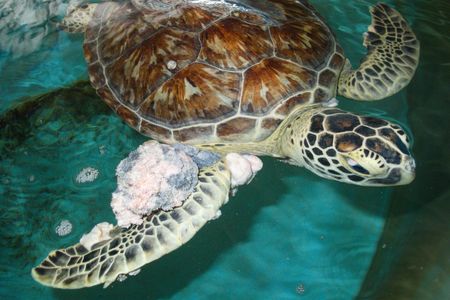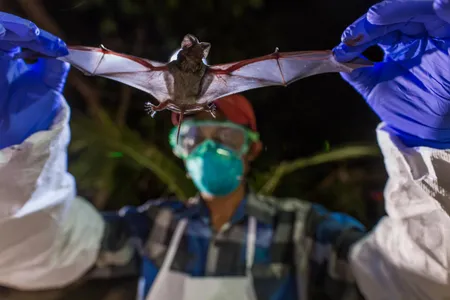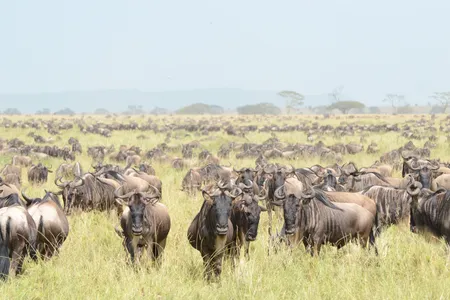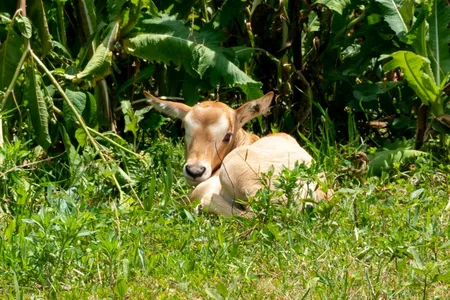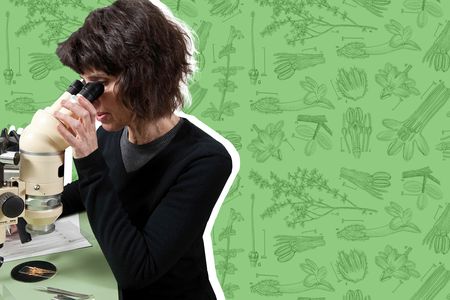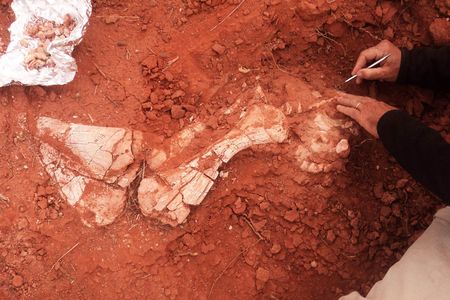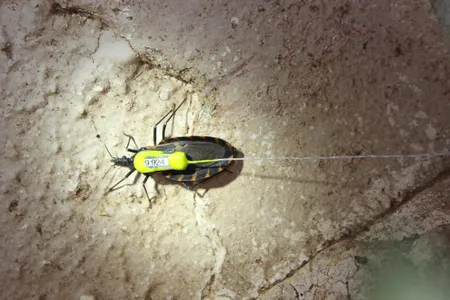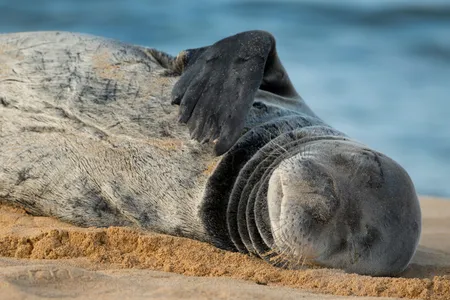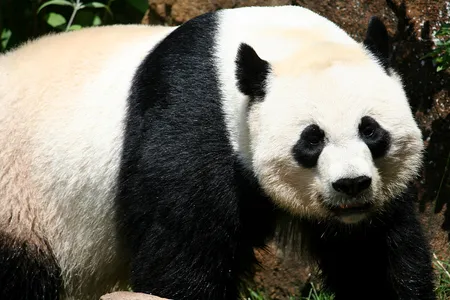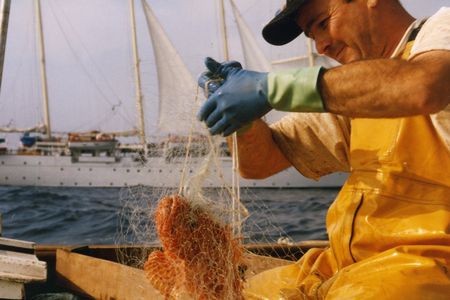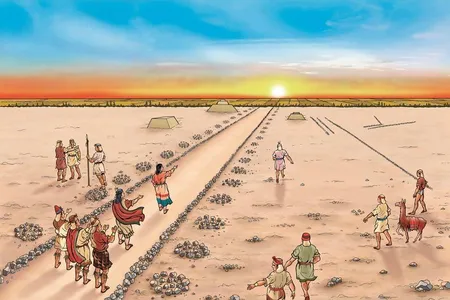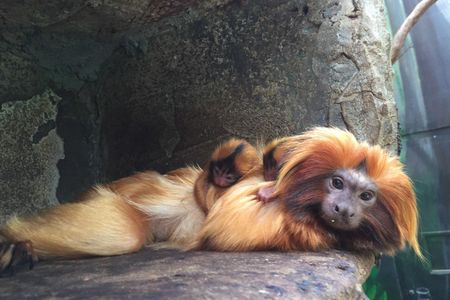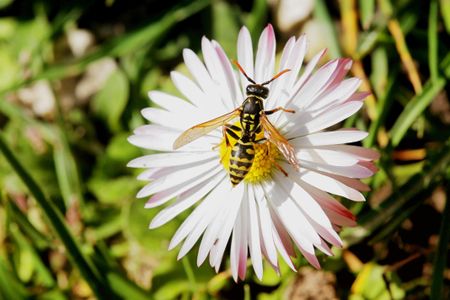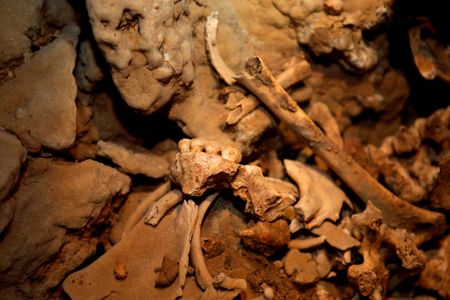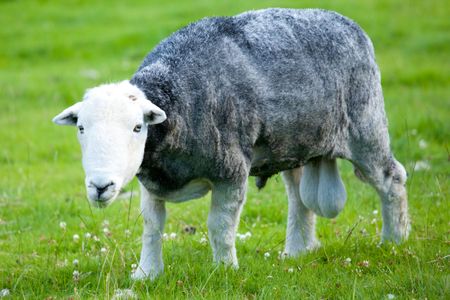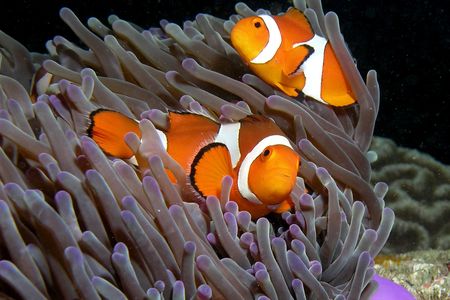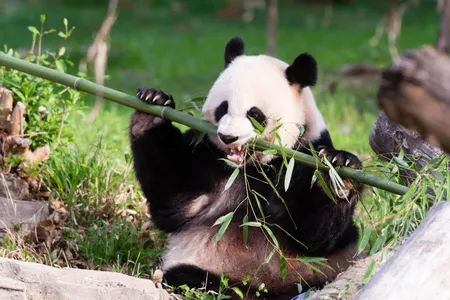Should We Share Human Cancer Treatments With Tumorous Turtles?
They may be key to saving wild sea turtles from tumors associated with turtle-specific herpes
A Never-Before-Seen Virus Has Been Detected in Myanmar’s Bats
The discovery of two new viruses related to those that cause SARS and MERS marks PREDICT’s first milestone in the region
How Noisy Males Control the Gnu’s Cycle
New research shows that ovulation in Serengeti wildebeests is accelerated and synchronized by the yammering of eager males
New Artificial Insemination Technique Successfully Breeds Critically Endangered Scimitar-Horned Oryx
This marks the first birth of an oryx through artificial insemination that did not rely on potentially fertility-compromising anesthesia
The Botanical Artist Who Translates Plant Science Into Beautiful Art
The Smithsonian’s first and only botanical illustrator brings her subjects to life in all their scientific glory
The Most Massive of Dinos Evolved Earlier Than Previously Thought
A Triassic giant unearthed in Argentina suggests that dinosaurs took the path to greatness at least twice
How Tiny Trackers Could Help Humans Avoid Kissing Bugs’ Deadly Smooch
The insects, which spread Chagas disease, can now be tracked with miniature radios to stop the spread of illness
How the Tiniest of Parasites is Taking Down the Mightiest of Monk Seals
Toxoplasmosis is now the number one disease threat to the recovery of this endangered marine mammal
How Humans Created the Ultimate Superpests
As urbanization continues to push wildlife to the brink, humans may need to reevaluate their role in habitat destruction
Florence Sabin Pioneered Her Way in Medical Science, Then Made Sure Other Women Could Do the Same
A scientist and so much more, she helped lay the groundwork for curing tuberculosis but still found time to promote women doctors
Giant Panda Mei Xiang Will Not Give Birth
After a week and a half of waiting, the National Zoo confirms that Mei Xiang experienced a pseudopregnancy.
How a Fallback to Historic Traditions Might Save Catalonia’s Red Shrimp Fishery
The Boquera brothers, two fishermen from the Costa Brava, are part an innovative management plan that combines science with maritime skills and knowledge
How Artificial Ovaries Could Expand Fertility Options for Chemo Patients
Scientists have taken the next steps toward creating an alternative fertility preservation method using modified ovarian tissue
How Feasting Rituals Help Shape Human Civilization
These transformative practices—and the cooperation they require—are a cornerstone of societies the world over
National Zoo Reports Death of Infant Golden Lion Tamarin
The golden lion tamarin and its sibling were born on Friday, marking the first births of tamarins for the Zoo in a decade
Five Real Life Wasp Superpowers Not in Ant-Man and the Wasp
Bees tend to get all the attention, but Marvel turns the spotlight on one of nature’s most devious masterminds
How Ancient Teeth Reveal the Roots of Humankind
From diet to evolution, prehistoric chompers tell archaeologists a surprising amount about our ancestors
The Earliest Mammals Kept Their Cool With Descended Testicles
But if free-swinging sperm sacs are the norm, then why did undescended ones evolve four separate times?
Alternatives to Heterosexual Pairings, Brought to You By Non-Human Animals
No one quite has this sex thing figured out, but these non-binary animals have some good ideas
A Primer on the Zoo’s Possibly Pregnant Giant Panda
In anticipation of a potential new cub, here’s a refresher on Mei Xiang and Tian Tian’s storied past
Page 117 of 451
